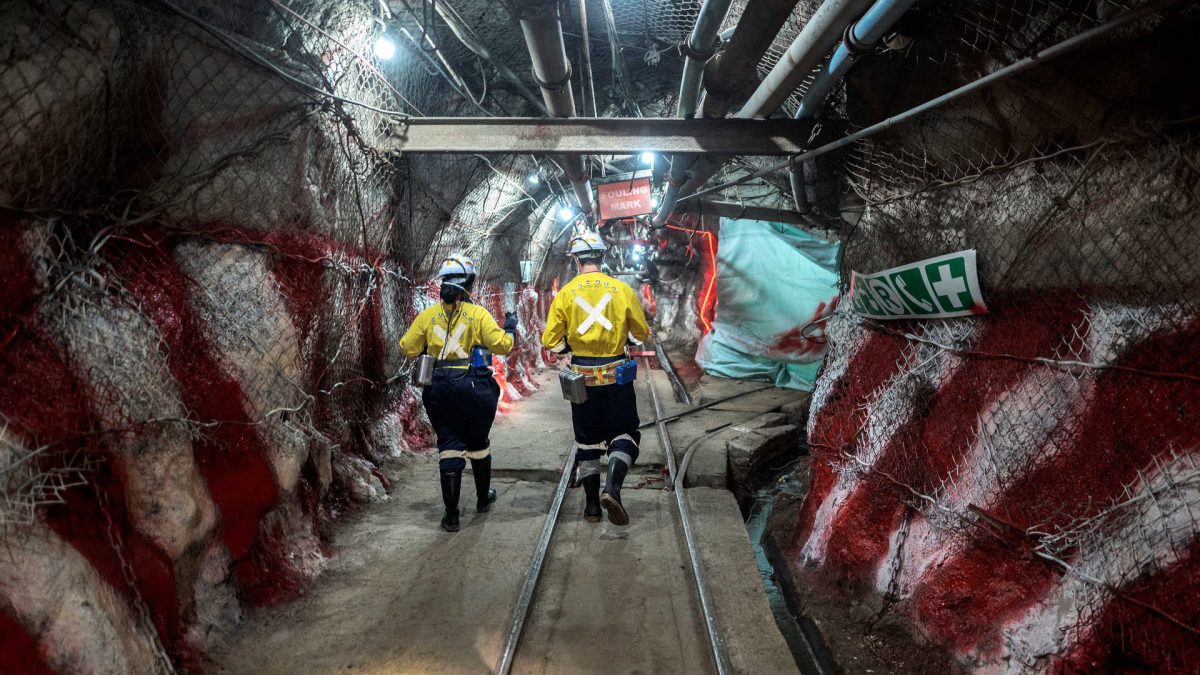The U.S. government’s Advanced Research Projects Agency-Energy (ARPA-E) announced in March that they’re investing up to $10 million into the exploration of phytomining. But what is phytomining, and why are they willing to spend so much on it?
The basic idea of phytomining has existed for a while—it is, after all, a fairly simple concept. There are certain species of plants called hyperaccumulators that can collect large concentrations of metals from the soil in which they grow. Those plants can be cultivated in metal-rich soils, burnt, and the metals can be harvested from the ash. It’s a straightforward and environmentally friendly way to mine vital metals such as nickel, which are needed in the production of batteries.
The main barrier to implementation is that currently, the right plant doesn’t exist. Sure, there are quite a few hyperaccumulators (around 750, in fact!), but not one that’s efficient enough to be economically viable. But with ARPA-E funding, that might soon change as scientists are finally able to gather the resources to do some investigation into the mechanisms behind these hyperaccumulators and how to increase their productivity.
However, ARPA-E isn’t interested in phytomining exclusively for its carbon-neutrality. Phytomining might be the best way to make use of ultramafic soil—soil with high concentrations of iron, chromium, nickel, and cobalt. Ultramafic soil is untenable for agriculture, but the concentrations of metals are still too low to justify opening a proper mine, making it an ideal place to implement phytomining.
Currently, ARPA-E is focused on phytomining nickel, but it’s entirely possible and wholly probable for it to be used in extracting other important metals such as copper, cobalt, or even lithium. With $10 million on the table and so many bright minds working towards it, phytomining might just be the future of (literally and figuratively) green technology.





















































